Synthesis of boride powder by induction heating and its function in carbon composite refractory
Carbon composite refractories are widely used in the steel industry due to their excellent slag resistance and thermal shock resistance due to the introduction of carbon. However, the biggest problem of carbon composite refractories is that carbon is easily oxidized, resulting in loose structure and deteriorated material properties. In order to improve the oxidation resistance of carbon composite refractories, it is usually necessary to add some antioxidants. As an antioxidant for carbon composite refractories, borides can not only improve the oxidation resistance of the material and reduce carbon loss by forming a surface protective layer, but also improve the corrosion resistance and mechanical properties of the material. Therefore, the application of borides in carbon composite refractories has received extensive attention from scholars.
At present, the synthesis of boride powder is mainly based on carbothermic reduction method. However, the high synthesis temperature and high production cost of traditional heating limit its wide application in refractory materials. Induction heating is a new heating method, which has the advantages of fast heating rate, easy control, clean and environmental protection, etc., and has been paid more and more attention by researchers. Based on this, the research work in this paper mainly includes: synthesis of CaB6 and boride composite powders (CaB6-LaB6, CaB6-ZrB2, CaB6-B4C and ZrB2-B4C) by carbothermal reduction method under induction heating conditions; Calcium and boride composite powders were introduced into carbon composite refractories (MgO-CaO-C products and Al2O3-SiC-C castables), and their effects on phase composition, microstructure, mechanical properties, oxidation resistance and Effects of slag resistance; revealing the oxidation resistance mechanism of these borides in carbon composite refractories. Through the above research work, the following main conclusions are obtained: (1) CaB6 powder was synthesized by induction heating. Using CaCO3, B2O3 and asphalt powder as raw materials, the CaB6 powder with high purity, average particle size of 12.3 μm and cubic crystal was prepared by holding at 1700 °C for 10 min in an Ar gas atmosphere. Natural monetite and raw petroleum coke were used as raw materials, and the purer CaB6 powder was obtained after being kept at 1650 ℃ for 20 min, acid leaching, washing and drying. The research shows that the prepared powder has regular cubic morphology and uniform particle size distribution; with the increase of the mass ratio of petroleum coke powder and monetite, the phase composition of the powder does not change significantly, but the lattice constant of CaB6 increases from 4.147 ? decreased to 4.145?, and the particle size distribution became narrower. Compared with the traditional carbothermic reduction method, induction heating can reduce the synthesis temperature and greatly shorten the reaction time, because under the action of the induced electromagnetic field, the rapid appearance of the molten calcium borate liquid phase significantly promotes material migration and B4C crystallization, and then Promotes the rapid formation of CaB6. (2) The composite powders of CaB6-LaB6, CaB6-ZrB2, CaB6-B4C and ZrB2-B4C were synthesized under the condition of induction heating. The effects of process parameters such as heating temperature, B2O3 content, carbon content and heating method on the phase composition and microstructure of the product were studied. The research shows that purer CaB6-LaB6 and CaB6-ZrB2 composite powders can be synthesized by holding at 1650℃ for 30min in Ar gas atmosphere; appropriate excess B2O3 and C are beneficial to the synthesis of these two kinds of composite powders; for CaB6- For B4C composite powder, it needs to be obtained at 1700℃. Excessive B2O3 can promote the formation of CaB6 and B4C phases in the composite powder, while excess C has an adverse effect. A relatively pure ZrB2-B4C composite powder can be prepared by using ZrO2, B4C and asphalt powder as raw materials and holding the temperature at 1400℃ for 30min in an Ar gas atmosphere. (3) The effects of introduction of CaB6 and composite powders containing CaB6 (CaB6-LaB6, CaB6-ZrB2 and CaB6-B4C) on the mechanical properties, oxidation resistance and slag resistance of MgO-CaO-C materials were studied. The results show that the oxidation resistance of MgO-CaO-C refractories can be significantly improved by adding an appropriate amount of CaB6 or the composite powder containing CaB6, respectively. Compared with the simple addition of CaB6, the addition of CaB6-containing composite powder can further improve the oxidation resistance of the material. At the same time, the introduction of CaB6-containing composite powder can significantly reduce the apparent porosity of the material after carbonization at 1000℃, and improve the strength of the material, especially the high-temperature thermal strength. The addition of CaB6-ZrB2 or CaB6-B4C composite powder improves the slag erosion resistance and slag penetration resistance of MgO-CaO-C refractories at the same time; while the addition of CaB6-LaB6 improves the slag erosion resistance and slag penetration resistance. The performance improvement is not noticeable. (4) The anti-oxidation mechanism of MgO-CaO-C refractories added with CaB6 and composite powders containing CaB6 was studied. The research shows that: in the early stage of oxidation (≤100min), the oxidation behavior of the material is mainly controlled by the interfacial chemical reaction; in the later stage of oxidation (≤100min), when the surface oxide layer is formed, the diffusion rate of oxygen in the matrix plays a decisive role. With the increase of temperature, the oxidation rate constant showed an increasing trend, and the time of chemical reaction control stage became longer. With the increase of boride content, the oxidation rate constant decreases; in the range of 900~1200℃, the oxidation table of MgO-CaO-C refractories with CaB6, CaB6-LaB6, CaB6-ZrB2 and CaB6-B4C added in the chemical reaction control stage The apparent activation energies are 47.1, 52.3, 52.7, 62.2kJ/mol, respectively, and the apparent activation energies of oxidation in the diffusion reaction control stage are 141.2, 196.5, 185.7, 231.1kJ/mol, respectively. This shows that the introduction of the CaB6-containing composite powder further improves the oxidation resistance of the material. (5) The application of synthetic ZrB2-B4C composite powder in Al2O3-SiC-C castable was studied. The results show that the introduction of ZrB2-B4C composite powder can significantly improve the oxidation resistance of the castable in a wide temperature range. Moreover, the bulk density, room temperature flexural strength and high temperature flexural strength of the castables have also been significantly improved. The improvement of high temperature flexural strength is mainly because the addition of ZrB2-B4C composite powder promotes the development of columnar mullite crystals. The introduction of ZrB2-B4C composite powder significantly improves the slag penetration resistance of Al2O3-SiC-C castables, but excessive addition will reduce its slag corrosion resistance.
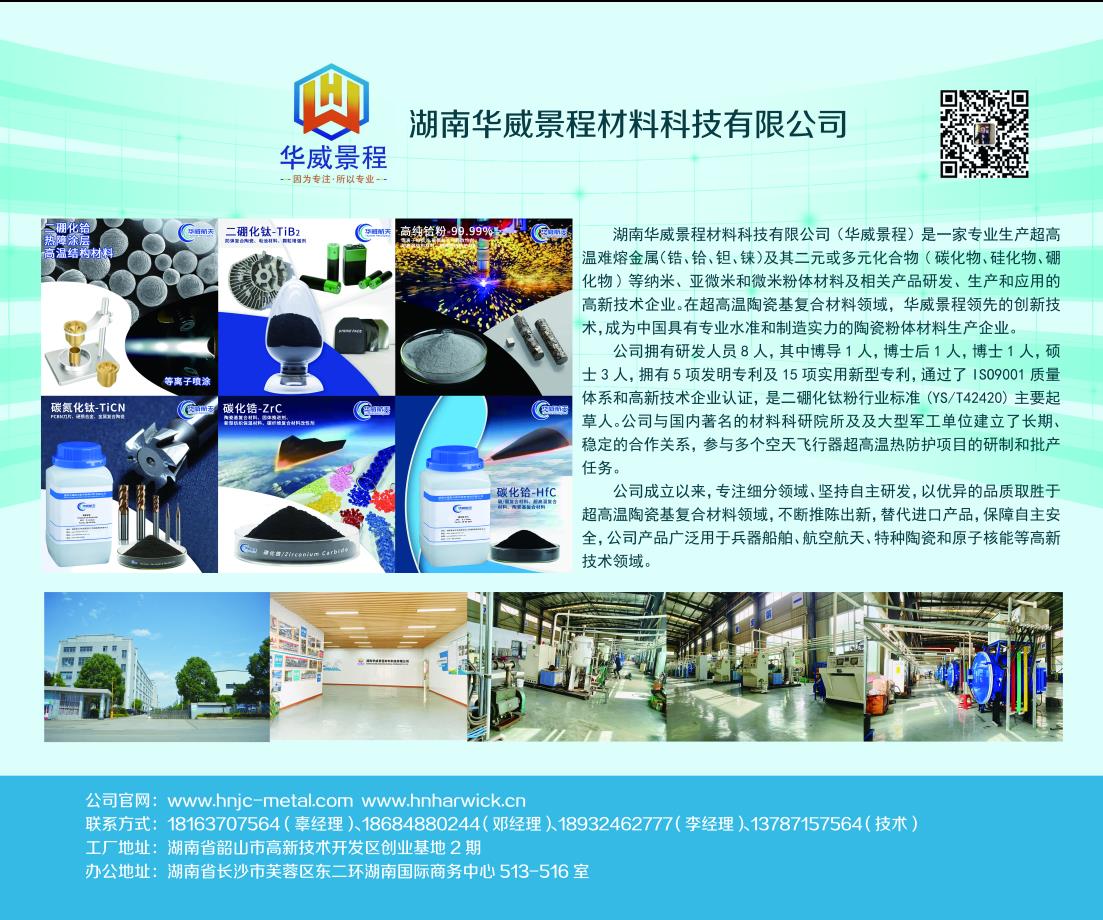
At present, the synthesis of boride powder is mainly based on carbothermic reduction method. However, the high synthesis temperature and high production cost of traditional heating limit its wide application in refractory materials. Induction heating is a new heating method, which has the advantages of fast heating rate, easy control, clean and environmental protection, etc., and has been paid more and more attention by researchers. Based on this, the research work in this paper mainly includes: synthesis of CaB6 and boride composite powders (CaB6-LaB6, CaB6-ZrB2, CaB6-B4C and ZrB2-B4C) by carbothermal reduction method under induction heating conditions; Calcium and boride composite powders were introduced into carbon composite refractories (MgO-CaO-C products and Al2O3-SiC-C castables), and their effects on phase composition, microstructure, mechanical properties, oxidation resistance and Effects of slag resistance; revealing the oxidation resistance mechanism of these borides in carbon composite refractories. Through the above research work, the following main conclusions are obtained: (1) CaB6 powder was synthesized by induction heating. Using CaCO3, B2O3 and asphalt powder as raw materials, the CaB6 powder with high purity, average particle size of 12.3 μm and cubic crystal was prepared by holding at 1700 °C for 10 min in an Ar gas atmosphere. Natural monetite and raw petroleum coke were used as raw materials, and the purer CaB6 powder was obtained after being kept at 1650 ℃ for 20 min, acid leaching, washing and drying. The research shows that the prepared powder has regular cubic morphology and uniform particle size distribution; with the increase of the mass ratio of petroleum coke powder and monetite, the phase composition of the powder does not change significantly, but the lattice constant of CaB6 increases from 4.147 ? decreased to 4.145?, and the particle size distribution became narrower. Compared with the traditional carbothermic reduction method, induction heating can reduce the synthesis temperature and greatly shorten the reaction time, because under the action of the induced electromagnetic field, the rapid appearance of the molten calcium borate liquid phase significantly promotes material migration and B4C crystallization, and then Promotes the rapid formation of CaB6. (2) The composite powders of CaB6-LaB6, CaB6-ZrB2, CaB6-B4C and ZrB2-B4C were synthesized under the condition of induction heating. The effects of process parameters such as heating temperature, B2O3 content, carbon content and heating method on the phase composition and microstructure of the product were studied. The research shows that purer CaB6-LaB6 and CaB6-ZrB2 composite powders can be synthesized by holding at 1650℃ for 30min in Ar gas atmosphere; appropriate excess B2O3 and C are beneficial to the synthesis of these two kinds of composite powders; for CaB6- For B4C composite powder, it needs to be obtained at 1700℃. Excessive B2O3 can promote the formation of CaB6 and B4C phases in the composite powder, while excess C has an adverse effect. A relatively pure ZrB2-B4C composite powder can be prepared by using ZrO2, B4C and asphalt powder as raw materials and holding the temperature at 1400℃ for 30min in an Ar gas atmosphere. (3) The effects of introduction of CaB6 and composite powders containing CaB6 (CaB6-LaB6, CaB6-ZrB2 and CaB6-B4C) on the mechanical properties, oxidation resistance and slag resistance of MgO-CaO-C materials were studied. The results show that the oxidation resistance of MgO-CaO-C refractories can be significantly improved by adding an appropriate amount of CaB6 or the composite powder containing CaB6, respectively. Compared with the simple addition of CaB6, the addition of CaB6-containing composite powder can further improve the oxidation resistance of the material. At the same time, the introduction of CaB6-containing composite powder can significantly reduce the apparent porosity of the material after carbonization at 1000℃, and improve the strength of the material, especially the high-temperature thermal strength. The addition of CaB6-ZrB2 or CaB6-B4C composite powder improves the slag erosion resistance and slag penetration resistance of MgO-CaO-C refractories at the same time; while the addition of CaB6-LaB6 improves the slag erosion resistance and slag penetration resistance. The performance improvement is not noticeable. (4) The anti-oxidation mechanism of MgO-CaO-C refractories added with CaB6 and composite powders containing CaB6 was studied. The research shows that: in the early stage of oxidation (≤100min), the oxidation behavior of the material is mainly controlled by the interfacial chemical reaction; in the later stage of oxidation (≤100min), when the surface oxide layer is formed, the diffusion rate of oxygen in the matrix plays a decisive role. With the increase of temperature, the oxidation rate constant showed an increasing trend, and the time of chemical reaction control stage became longer. With the increase of boride content, the oxidation rate constant decreases; in the range of 900~1200℃, the oxidation table of MgO-CaO-C refractories with CaB6, CaB6-LaB6, CaB6-ZrB2 and CaB6-B4C added in the chemical reaction control stage The apparent activation energies are 47.1, 52.3, 52.7, 62.2kJ/mol, respectively, and the apparent activation energies of oxidation in the diffusion reaction control stage are 141.2, 196.5, 185.7, 231.1kJ/mol, respectively. This shows that the introduction of the CaB6-containing composite powder further improves the oxidation resistance of the material. (5) The application of synthetic ZrB2-B4C composite powder in Al2O3-SiC-C castable was studied. The results show that the introduction of ZrB2-B4C composite powder can significantly improve the oxidation resistance of the castable in a wide temperature range. Moreover, the bulk density, room temperature flexural strength and high temperature flexural strength of the castables have also been significantly improved. The improvement of high temperature flexural strength is mainly because the addition of ZrB2-B4C composite powder promotes the development of columnar mullite crystals. The introduction of ZrB2-B4C composite powder significantly improves the slag penetration resistance of Al2O3-SiC-C castables, but excessive addition will reduce its slag corrosion resistance.

related news

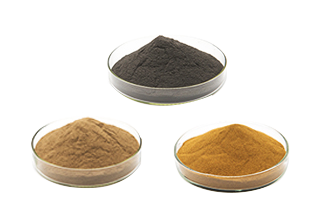
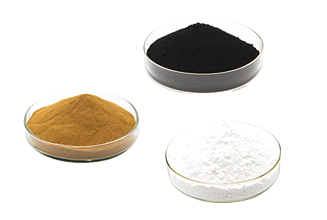
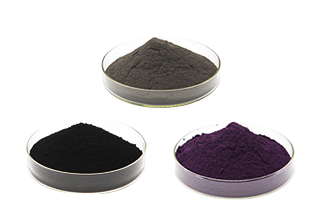
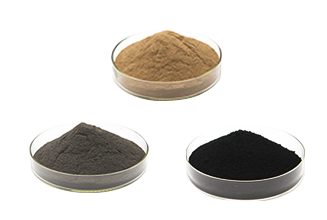
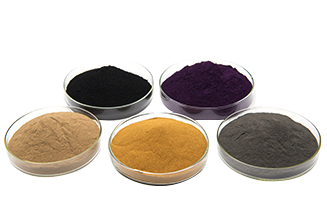
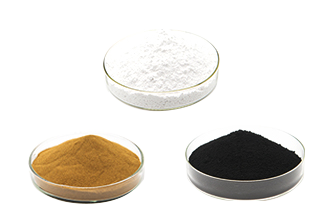
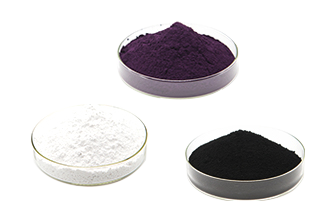



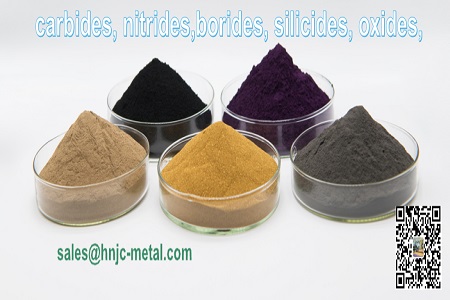

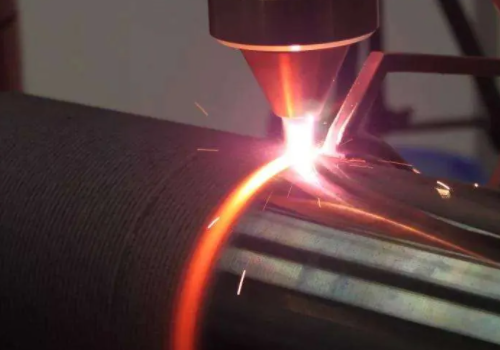
(1).png)
